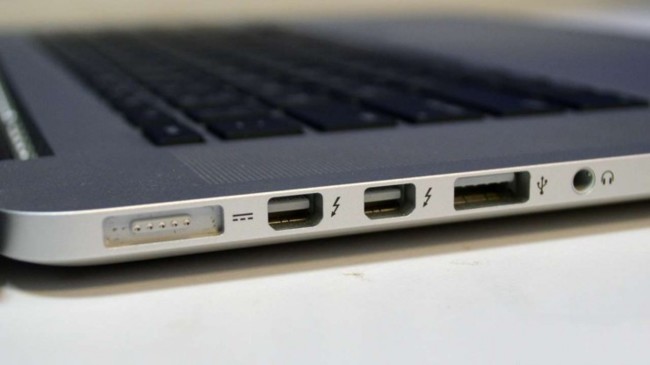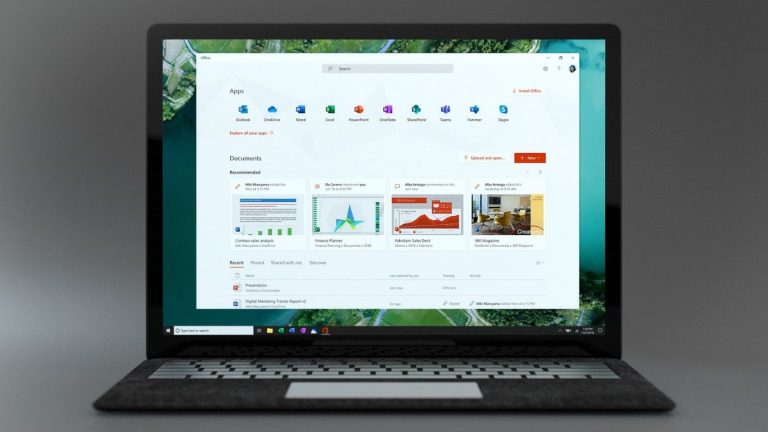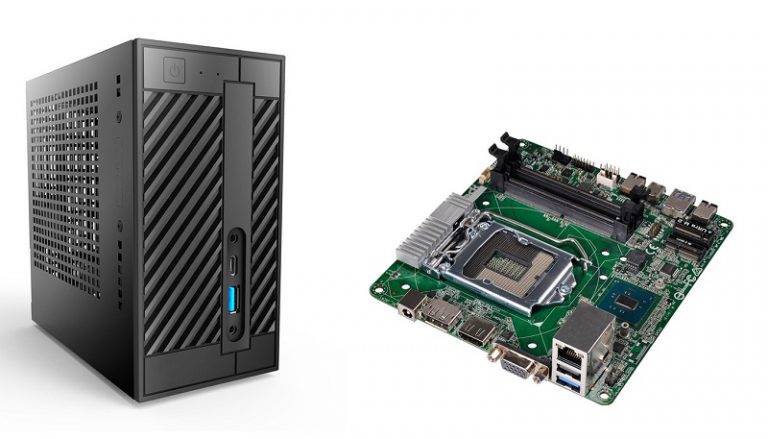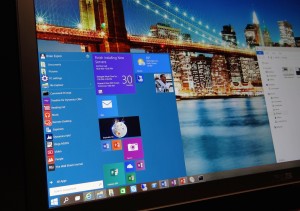Until now the Thunderbolt technology developed by Intel and how relevant it seemed to be on desktops and laptops Apple had not very successful, but that could change with the arrival of Thunderbolt 3, iteration seems to be generating more interest than ever.

In fact this third version of the standard is being adopted by various manufacturers such as Lenovo (with P50 and P70 ), Dell (with its new XPS), HP, Intel (which prepares new NUC) or Acer, whose notebooks and convertibles offer one or multiple Thunderbolt ports 3. The secret may lie in that small reversible USB-C that is destined to become the deface standard in the industry.
This is just the beginning
We discussed how Intel ended up surrendering to the evidence and left a proprietary connector for use of the USB-C connector. The decision seems to have been the most successful in the history of this technology from the beginning has stood by its enormous data transfer rates, which now stand at theoretical maximum of 40 Gbps.
It looks like a PC, but Core Razer, the Razer unique docking station for gamers who want to add dedicated graphics outside their laptops via Thunderbolt 3.
That’s what they seem also think those manufacturers of PCs and laptops, which indicate that the combination of USB-C, which allows to connect via Power Display monitors or upload via Power Delivery- and those transfer speeds along with backward compatibility with earlier versions the standard is something that now makes much more interesting adopting Thunderbolt 3.
All indications are that soon we will see more and more accessories and peripherals that use this connection-and we’ve seen monitors or external storage units – and that could pose interesting possibilities. A good example is the Razer Core, which not only serves as a docking station for laptops, but has two slots dedicated AMD or NVIDIA cards. Thunderbolt 3 promises, no doubt.








+ There are no comments
Add yours